Cancer. Once you’ve been diagnosed with it, staying or getting fit is the least of your worries. With the demands of treatments, medical testing, and doctor’s visits, you might feel rundown and overwhelmed—and that’s understandable. But there is a good reason to start taking some time out for yourself and your physical well-being because physical activity is now coming into the spotlight as a supplementary cancer treatment.
A number of studies have shown that exercising while undergoing cancer treatments gives you an edge against the disease. Here’s everything you need to know about exercising with cancer:
How Exercise Benefits For Those With Cancer
In 2018, the Clinical Oncology Society of Australia (COSA) found that exercise is not only beneficial but should be considered essential to cancer patients. A study of 61 clinical trials looked at women with every stage of breast cancer. The participants who underwent an exercise program during their treatment had a significant improvement in the quality of life, fitness, strength, and overall energy, as well as reduced levels of anxiety, depression, and a lowered body mass index and waist circumference than those who went without an exercise program.
Another major analysis cited by COSA took 28 trials and over 1,000 participants with advanced cancers like lymphoma, leukemia, multiple myeloma, lung, GI, and prostate, and put those patients on exercise programs. Every trial concluded that exercise was associated with heightened physical functioning, energy levels, psycho-social functioning, sleep quality, and overall quality of life.

The benefits of regular exercise during cancer treatment include: (list adapted from the American Cancer Society)
- Maintaining independence
- Improving balance and reducing the risk of falling
- Preventing muscle atrophy (muscle wasting)
- Lowering the risk of heart disease
- Bolstering the immune system
- Raising self-esteem
- Reducing anxiety and depression
- Lowering the risk of osteoporosis
- Improving blood circulation and reducing the risk of deep vein thrombosis (DVT) and other clots
- Maintaining a level of physical fitness
- Lessening chemotherapy-induced nausea
- Improving social life by being able to communicate with others
- Reducing overall fatigue
- Helps control weight and maintains lean body mass
- Improves overall quality of life
Although the reasons physical activity helps with cancer are still yet a mystery, knowing that people benefit from exercise while undergoing treatments for cancer is a tremendous breakthrough. Being about to strengthen the body and keep the immune system strong are reasons enough alone to stay active before, during, and after treatment, because you will recover faster and live a better life, regardless of what challenges the disease may bring.
Check With Your Physician
Always check with your physician and oncologist before beginning an exercise program. This is important if you underwent any treatments that could affect your lungs, such as radiation around the chest or received the drug bleomycin; your heart, such as drugs doxorubicin or epirubicin; or if you are at risk of heart or lung disease.
The oncology team will routinely check blood count during treatment. Ask them about the results and if you can exercise. You will not be able to exercise if you have anemia—a low red blood cell count. Additionally, if you have a low white blood cell count, you will have less immunity and should stay away from public gyms and pools until your white blood cell count is normal. This is also true if you have a feeding tube or catheter, as these things can become infected.
You also shouldn’t exercise if certain minerals are low, such as sodium and potassium. This could cause muscle cramping and nausea.
Prescription For Exercise During Cancer Treatment
Depending on your current level of fitness and stage of your cancer, remaining physically active is crucial to getting well. Avoid inactivity and aim to do the following:
- achieve at least 150 minutes of low to moderate intensity activities per week or 75 minutes of vigorous aerobic exercise per week
- Do at least 2-3 sessions of strength training sessions a week that involves all major muscle groups.
Have your treatment team discuss options for your workout plan with exercise physiologists and physical therapists so you get exercises that are at the correct intensity for you.
Things To Consider When Exercising With Cancer
If you have received the okay from your physician or oncologist, be sure to listen to your body when exercising. Drink plenty of fluids—about 8 to 10 cups of water a day.
You should never exercise if you feel any pain or have had vomiting and diarrhea. If you have any symptoms before or after working out that concern you, call your doctor.
Avoid exercising at a moderate level of exertion until you have talked to your doctor. A brisk walk counts as moderate intensity. You also want to avoid lifting extremely heavy weights or do exercises that put stress on the bones. Cancers that spread to the bone tend to make them brittle, and you are at risk of fractures or breaks.
If you feel extremely fatigued one day, simply try 10 minutes of light exercises, such as stretching or yoga poses.
Always start a workout with a light warm-up that lasts for about 2-3 minutes at least. Remember, listening to your body is critical. Think about what you need, what is tight, and how you can move functionally and safely. You can do shoulder shrugs, toe-tapping, marching in place, and dynamic stretching to get warm. At the end of your workout, focus on getting about 5-10 minutes of active and static stretching.
Final Thoughts
Cancer is frightening, and it may feel like it has stolen your life from you. But there is a way to remain strong, and that is with physical activity. By strengthening your body and your mind, you can gain an advantage against cancer that can help you come out as the champion of this battle. Do what you can day-by-day. You got this.
Looking for more nutrition, fitness, and workout tips like this? Follow us on Facebook.
The post Exercise And Cancer: Can You Do It? appeared first on Gaspari Nutrition.




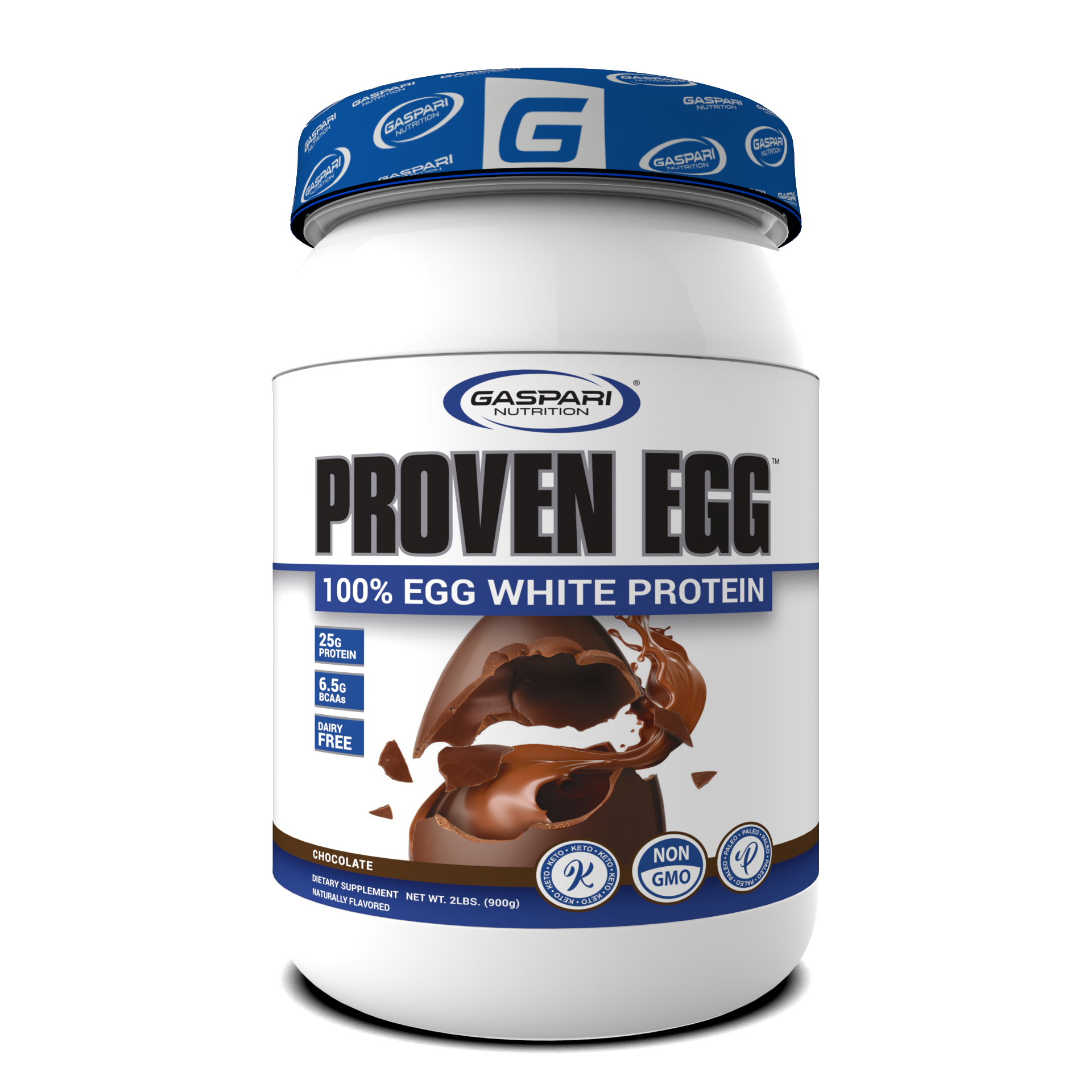




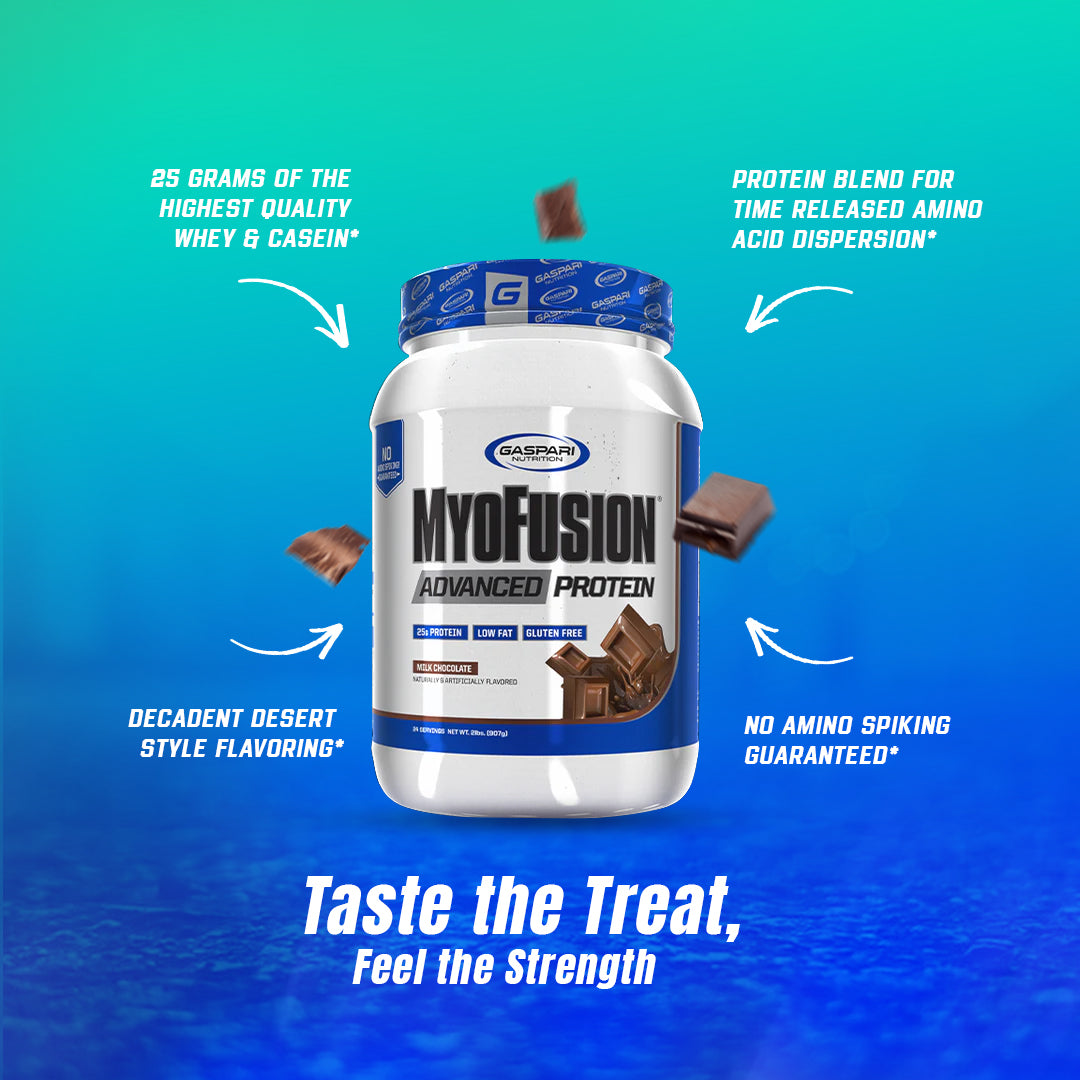


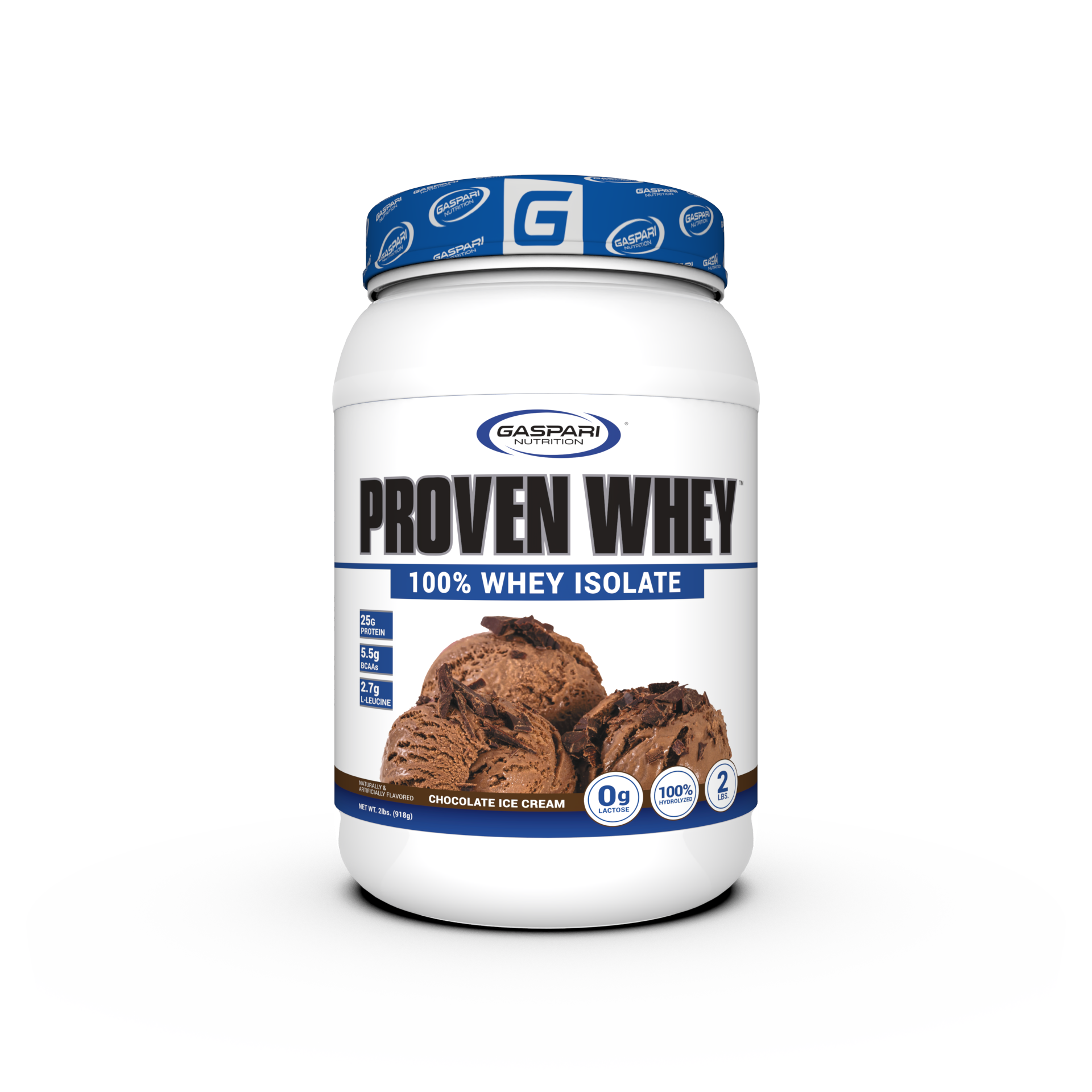




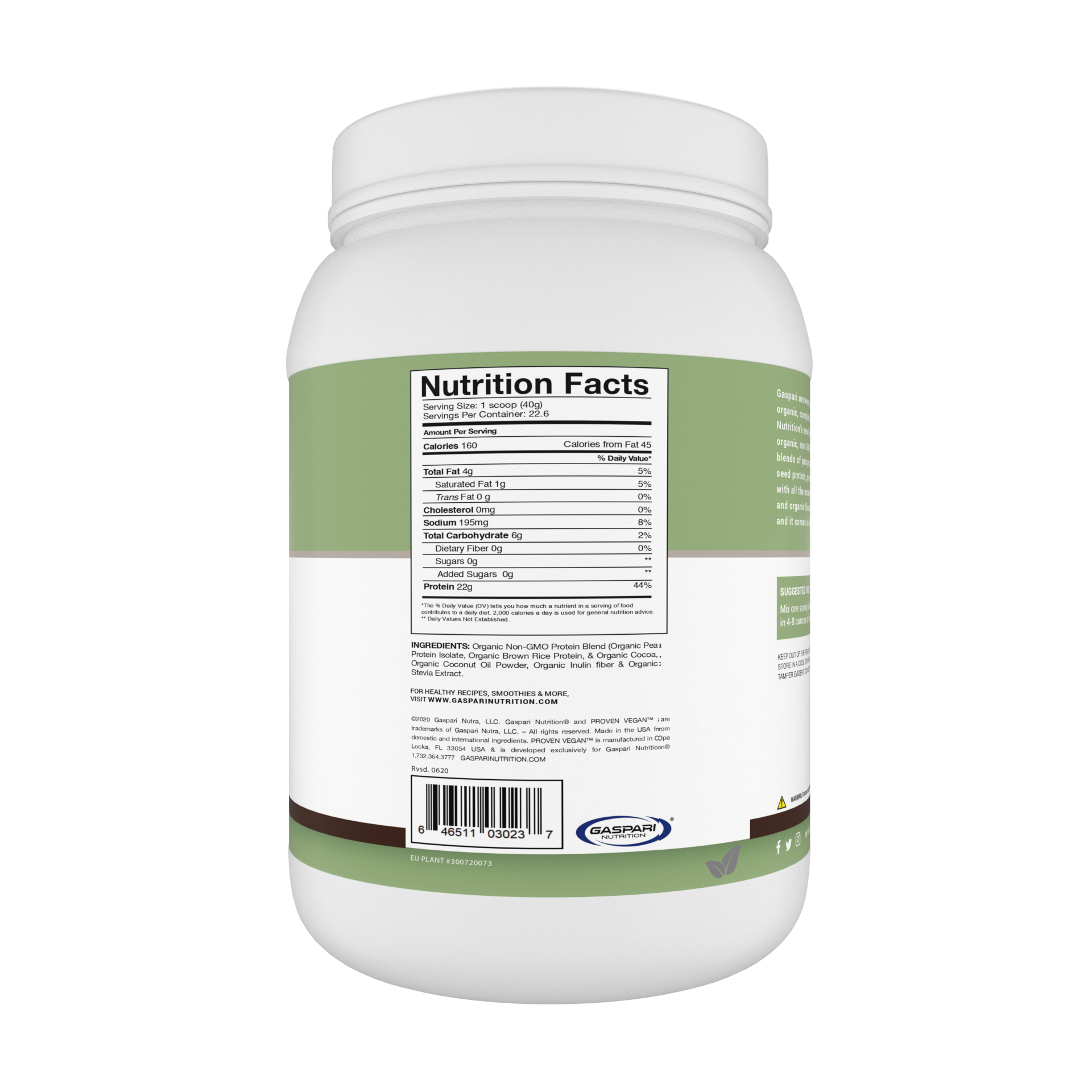





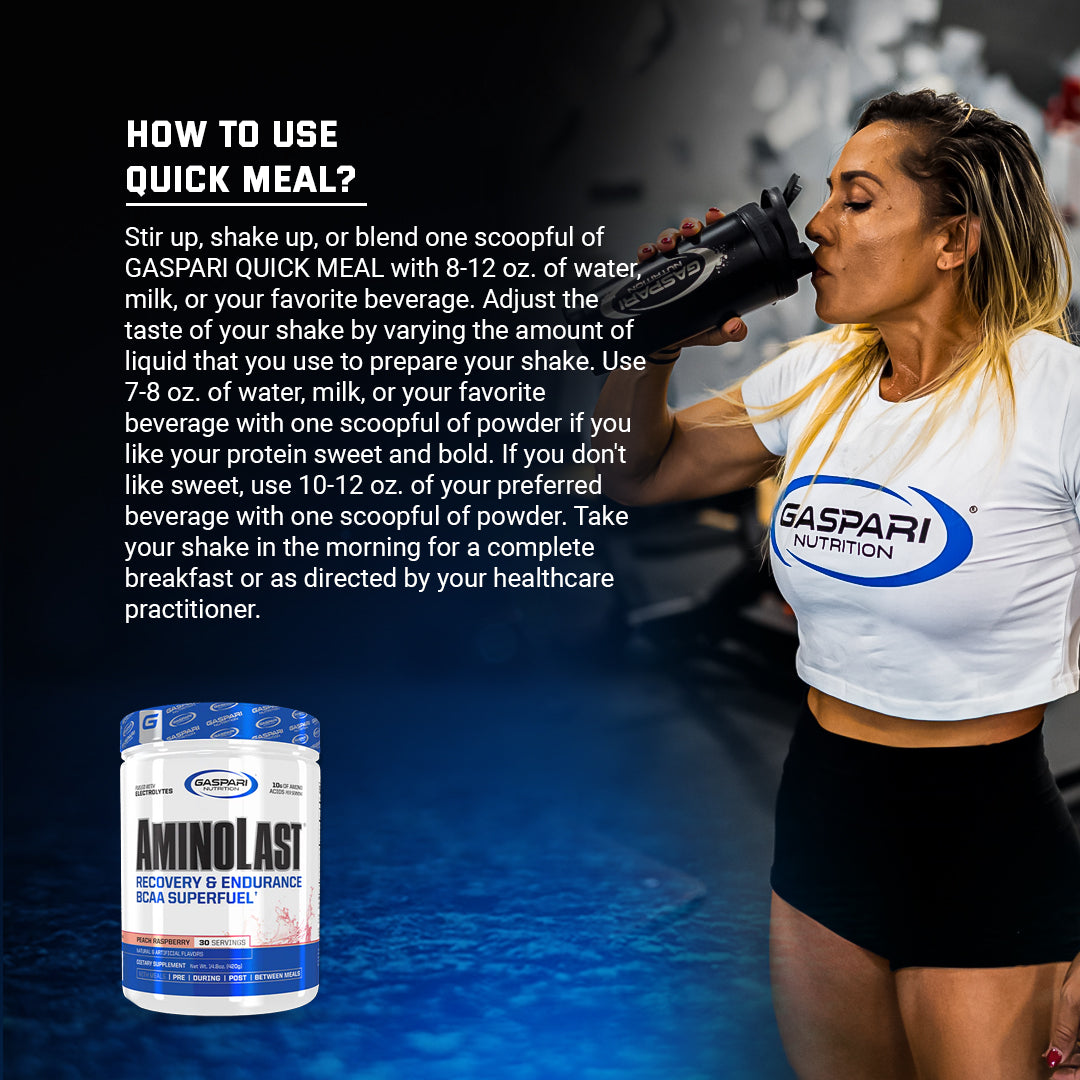
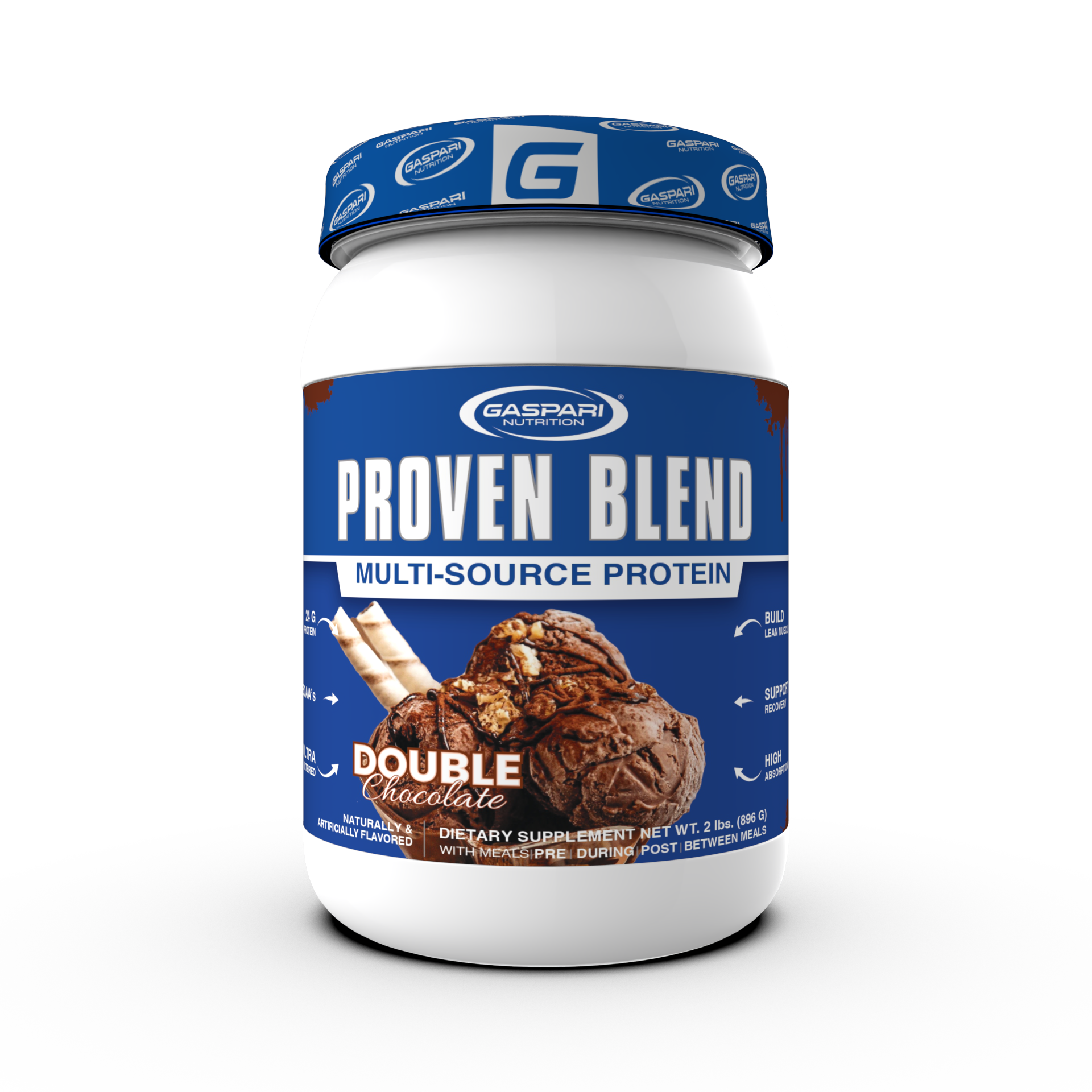
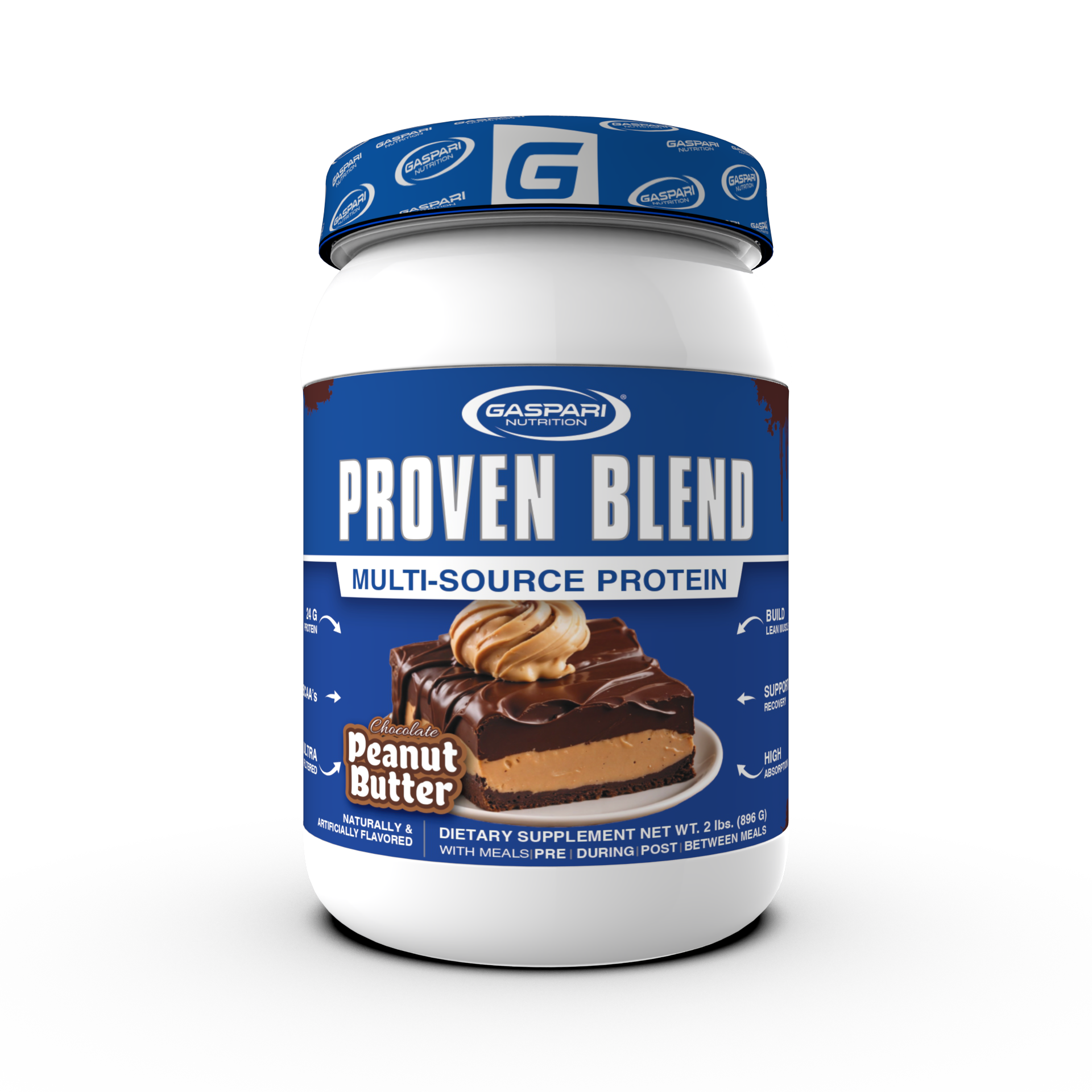









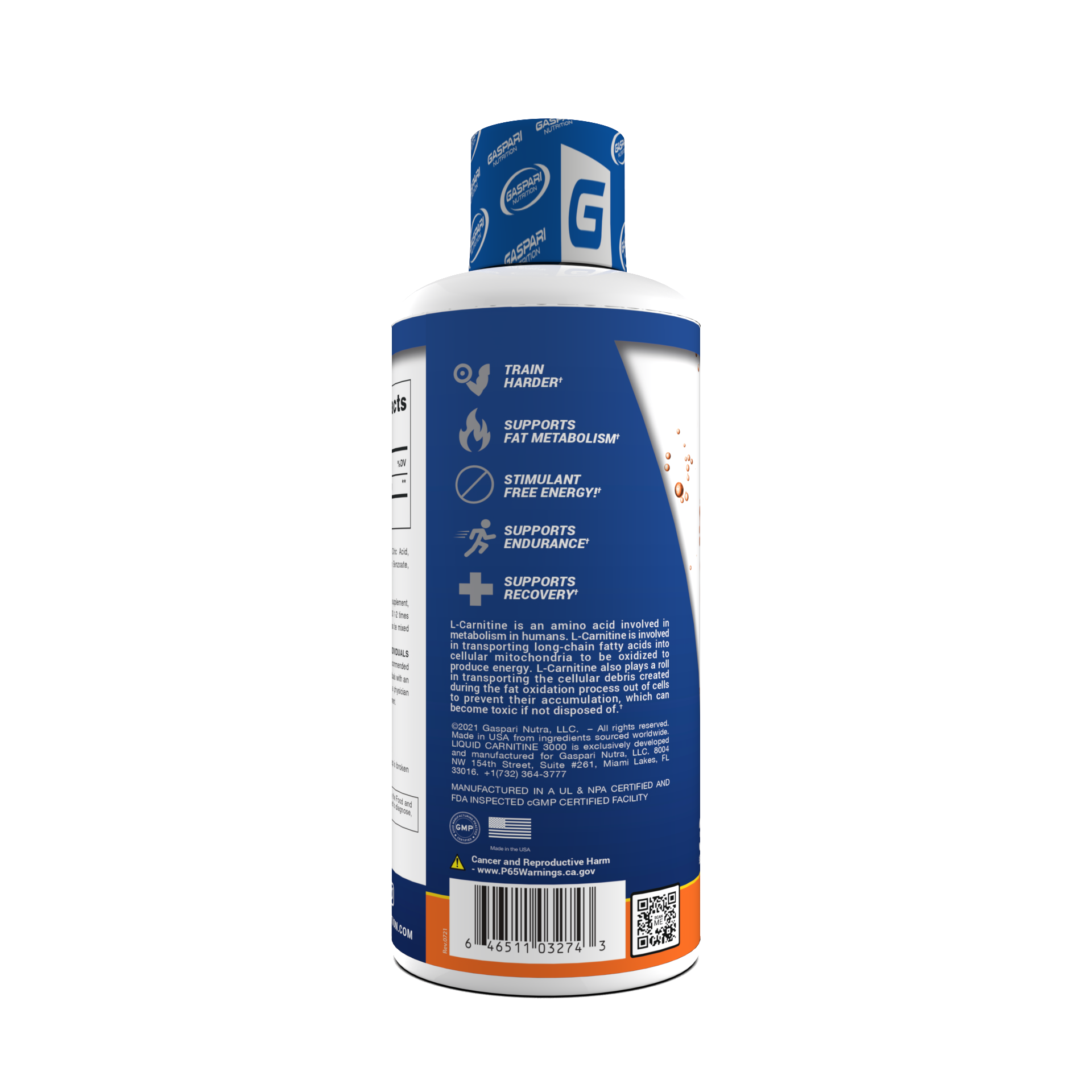

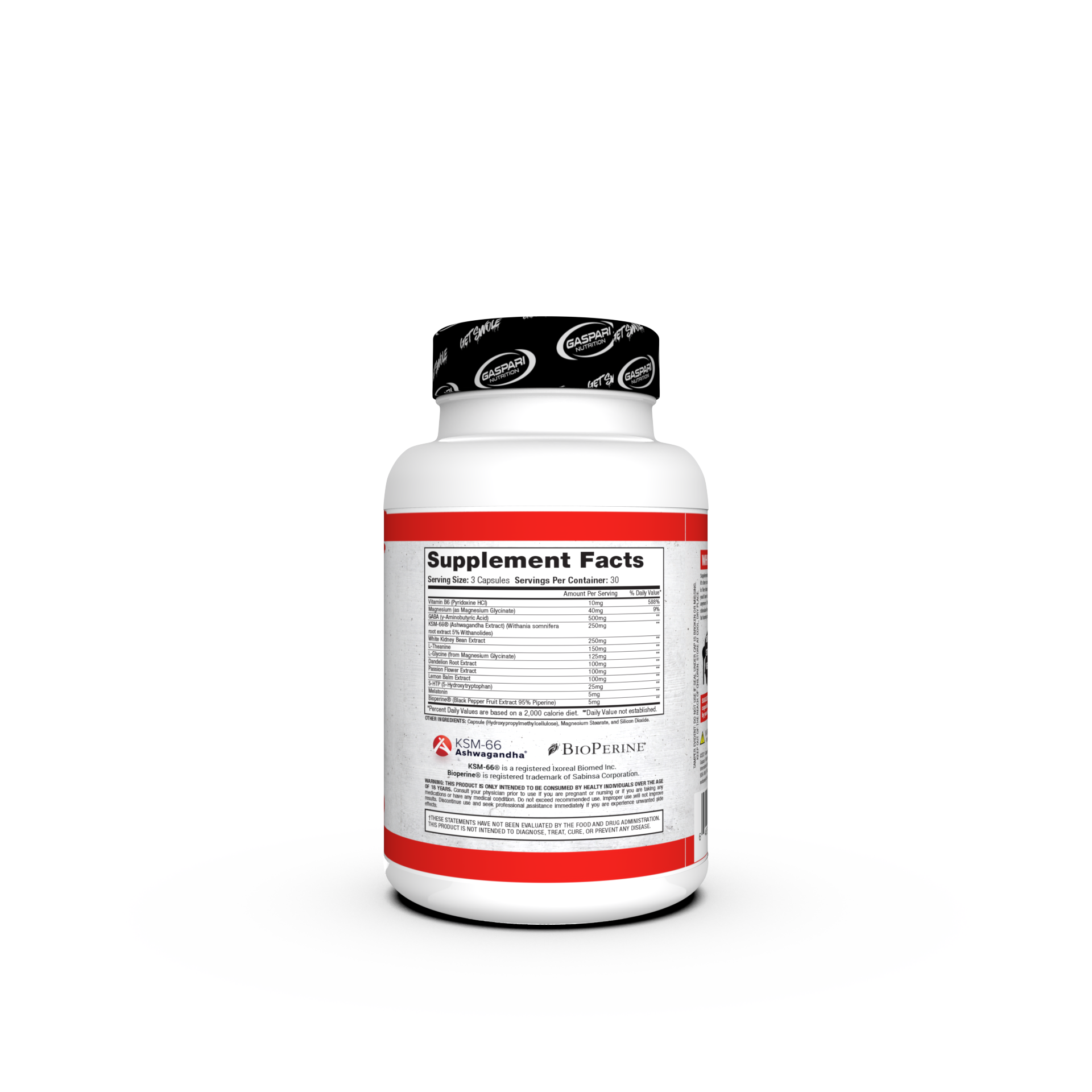
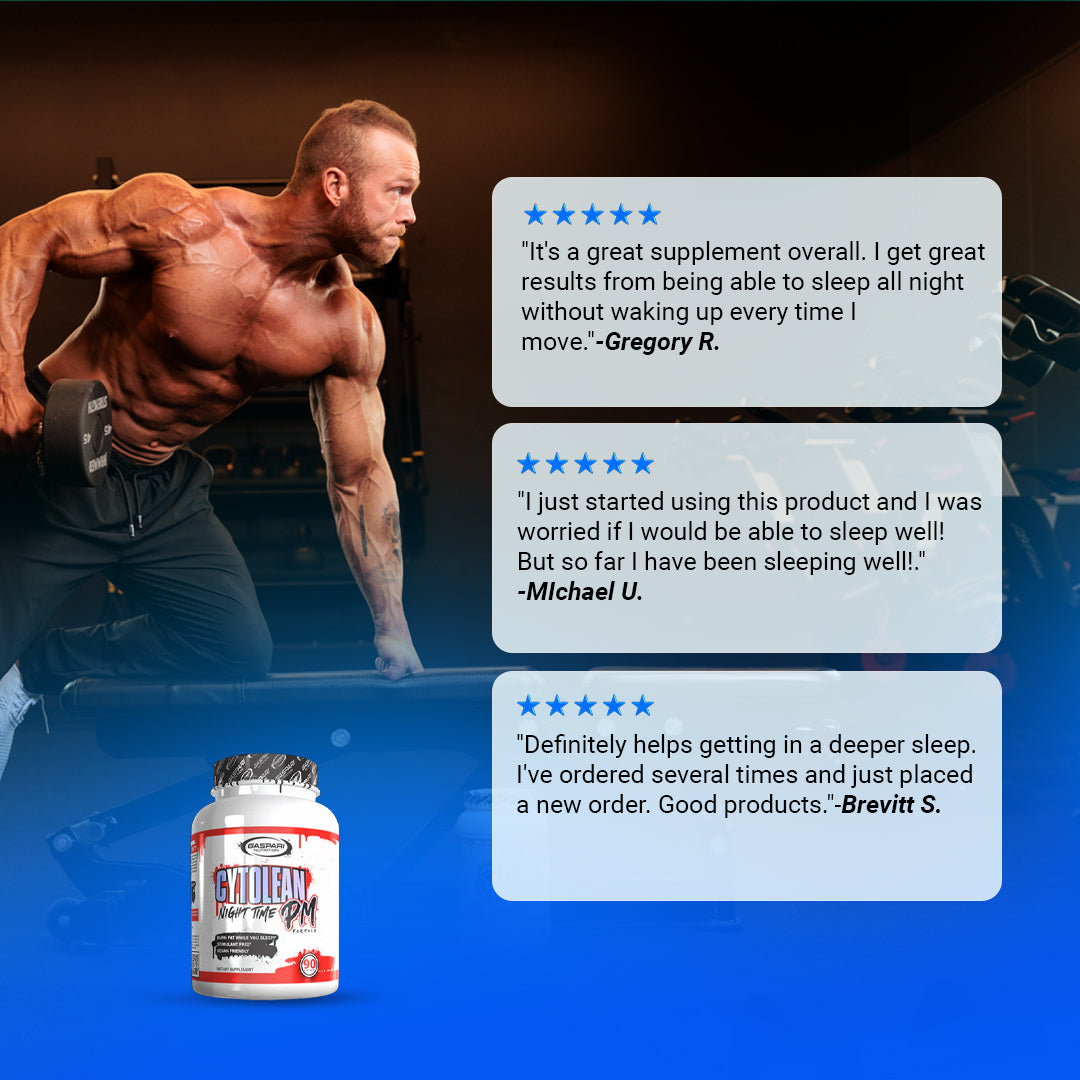

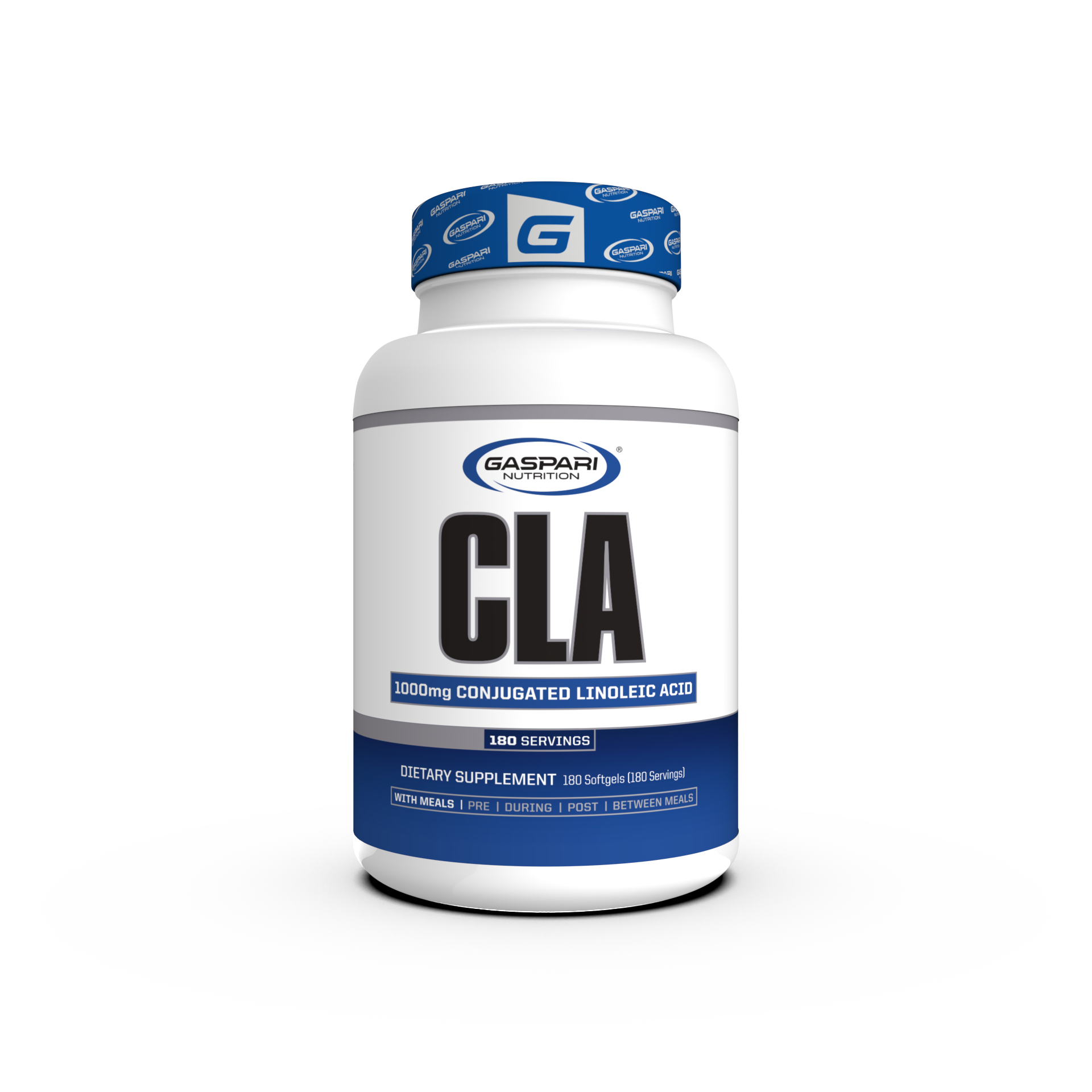

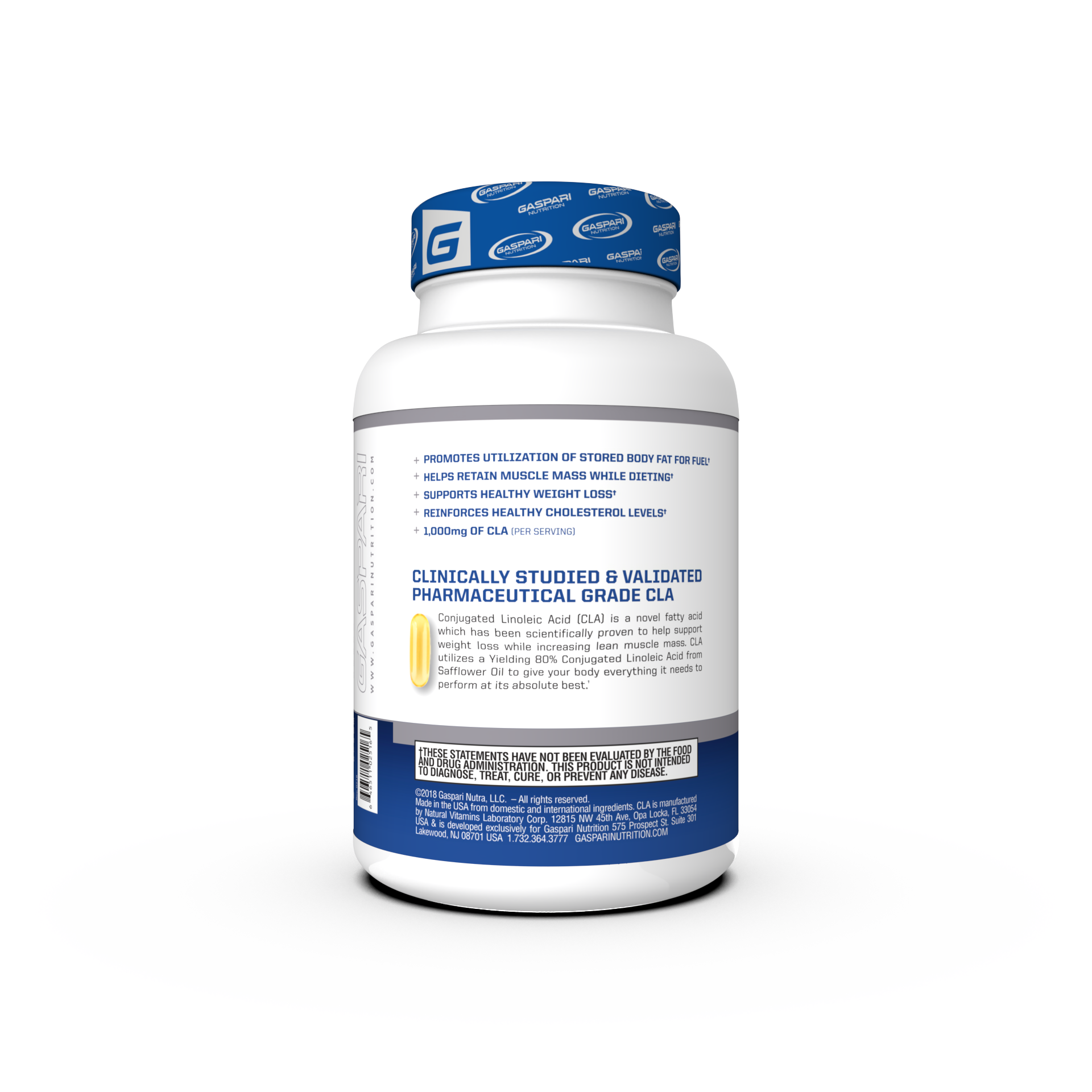



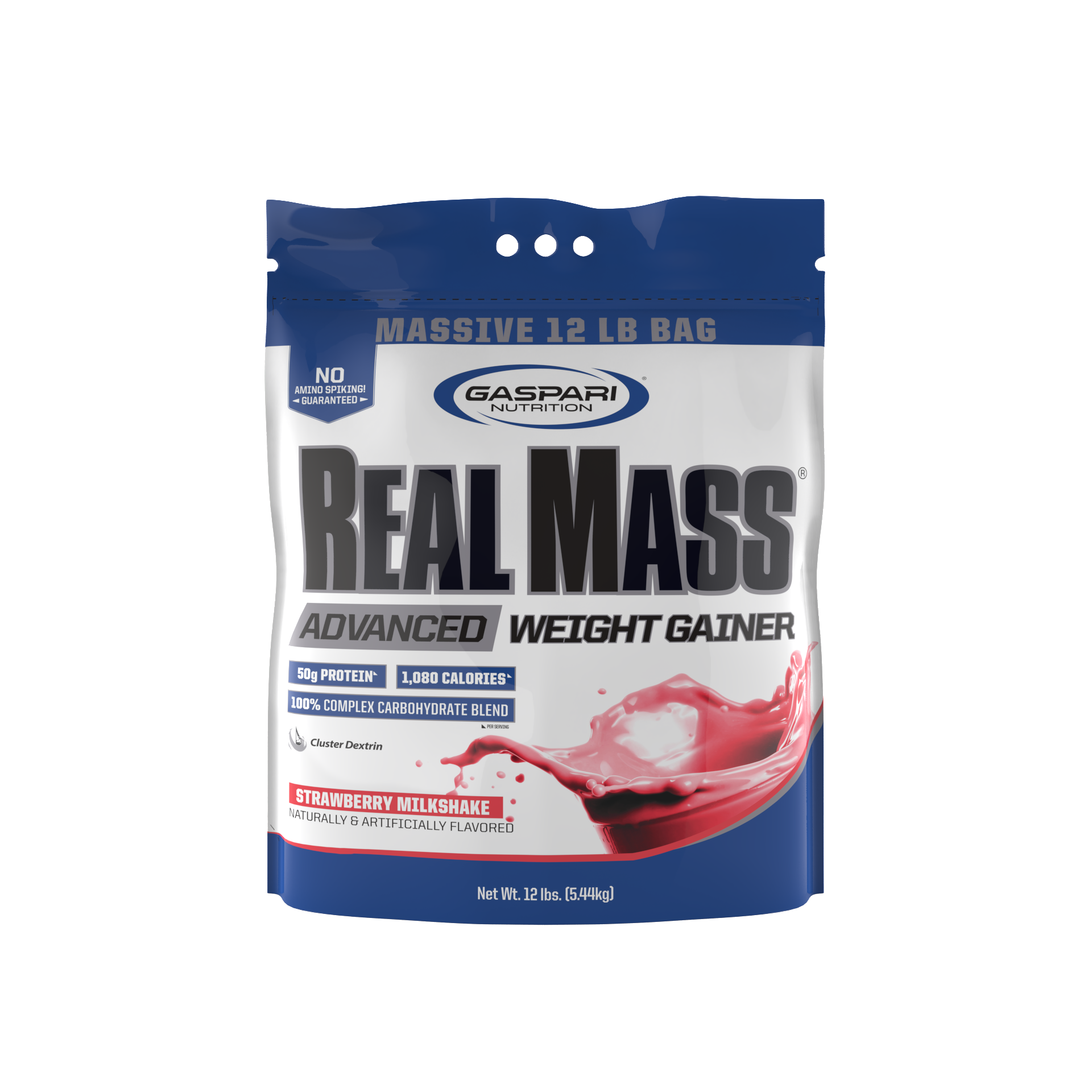

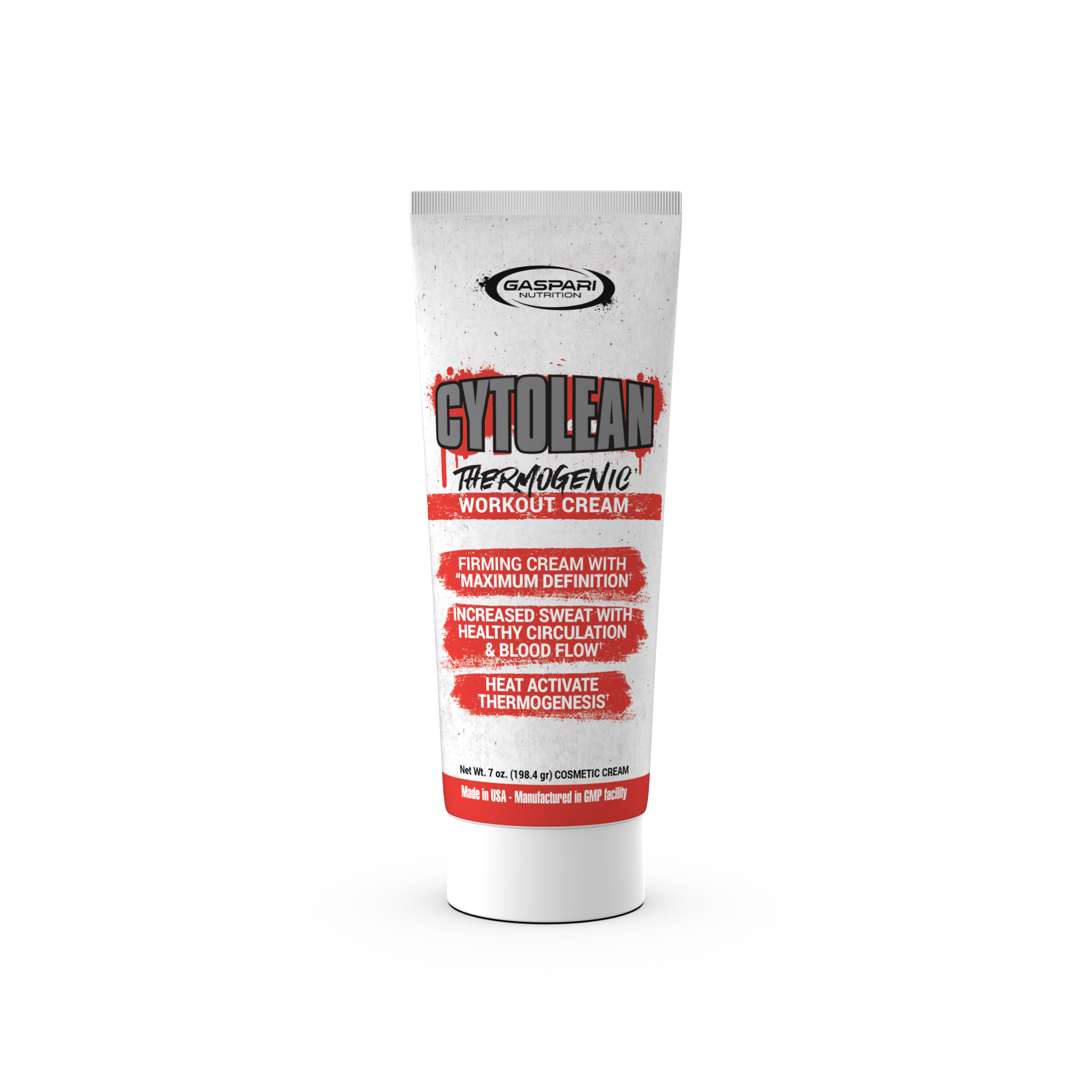



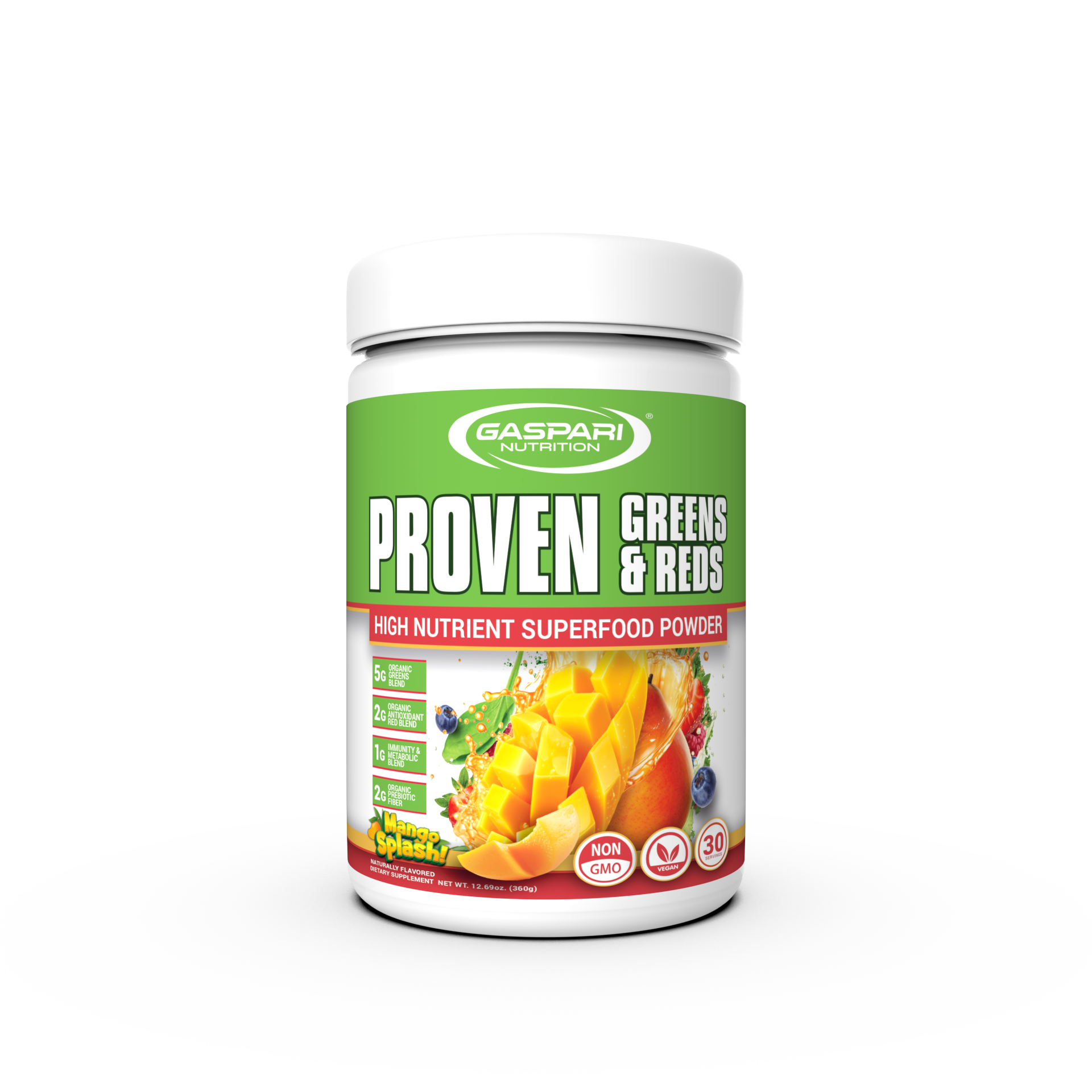




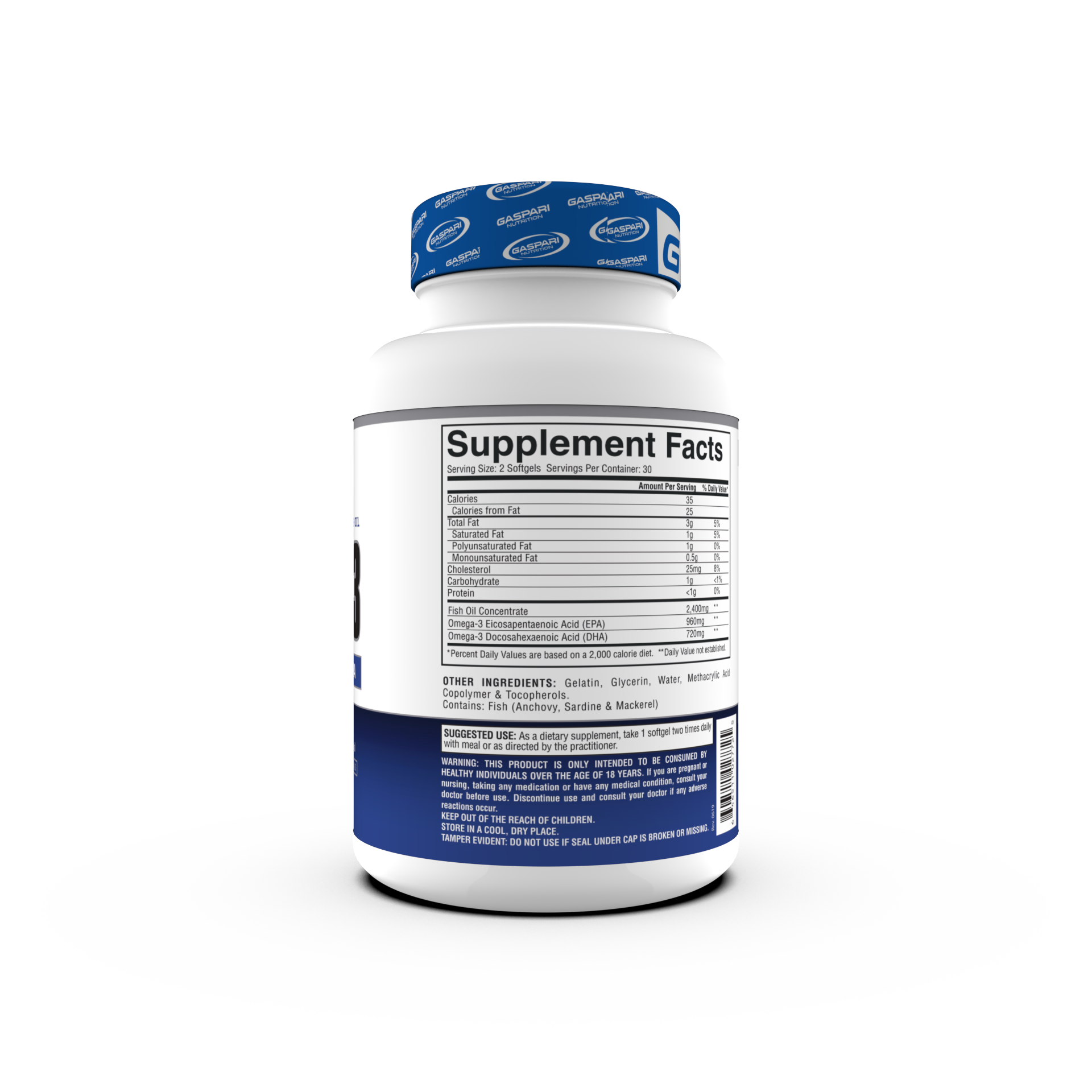
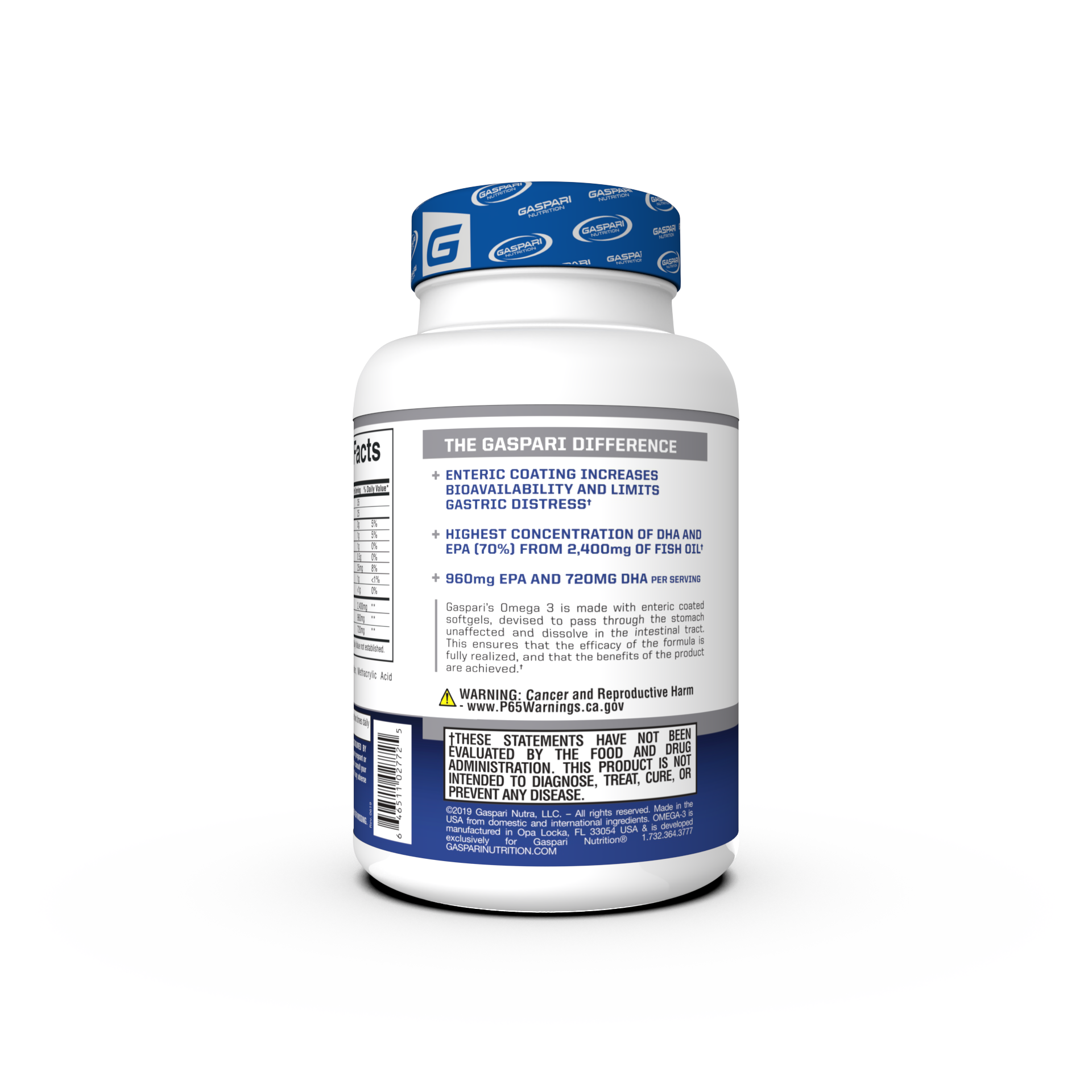

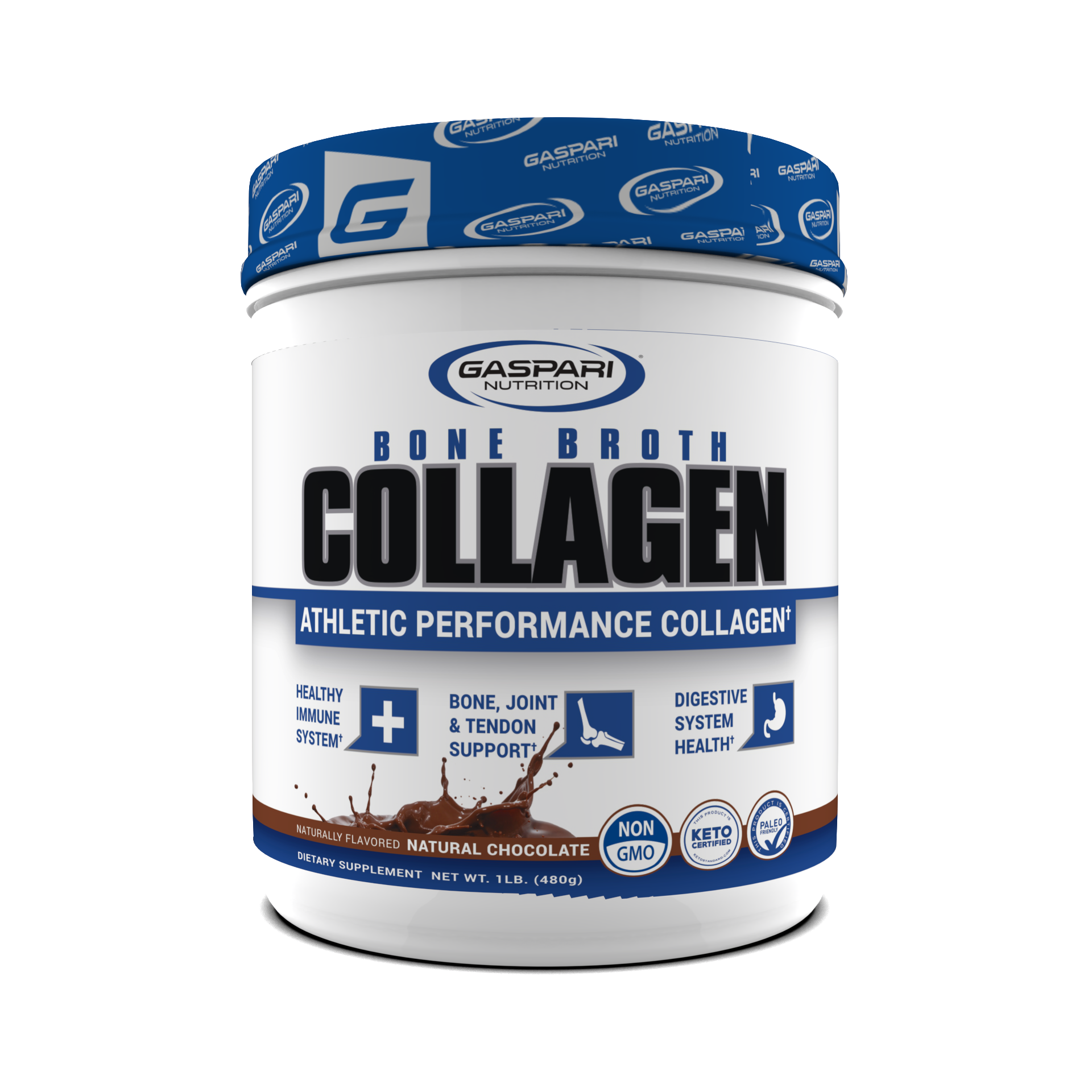







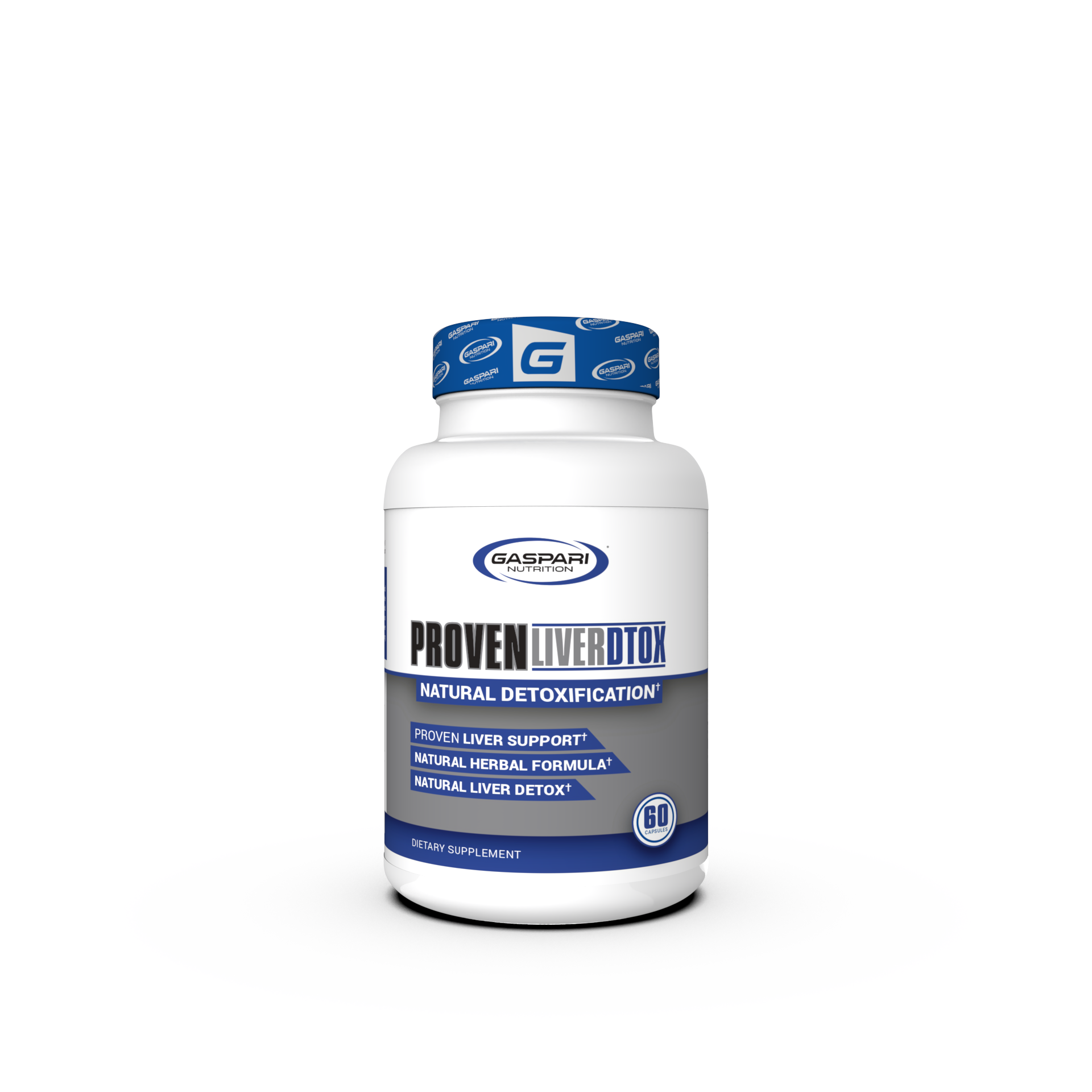

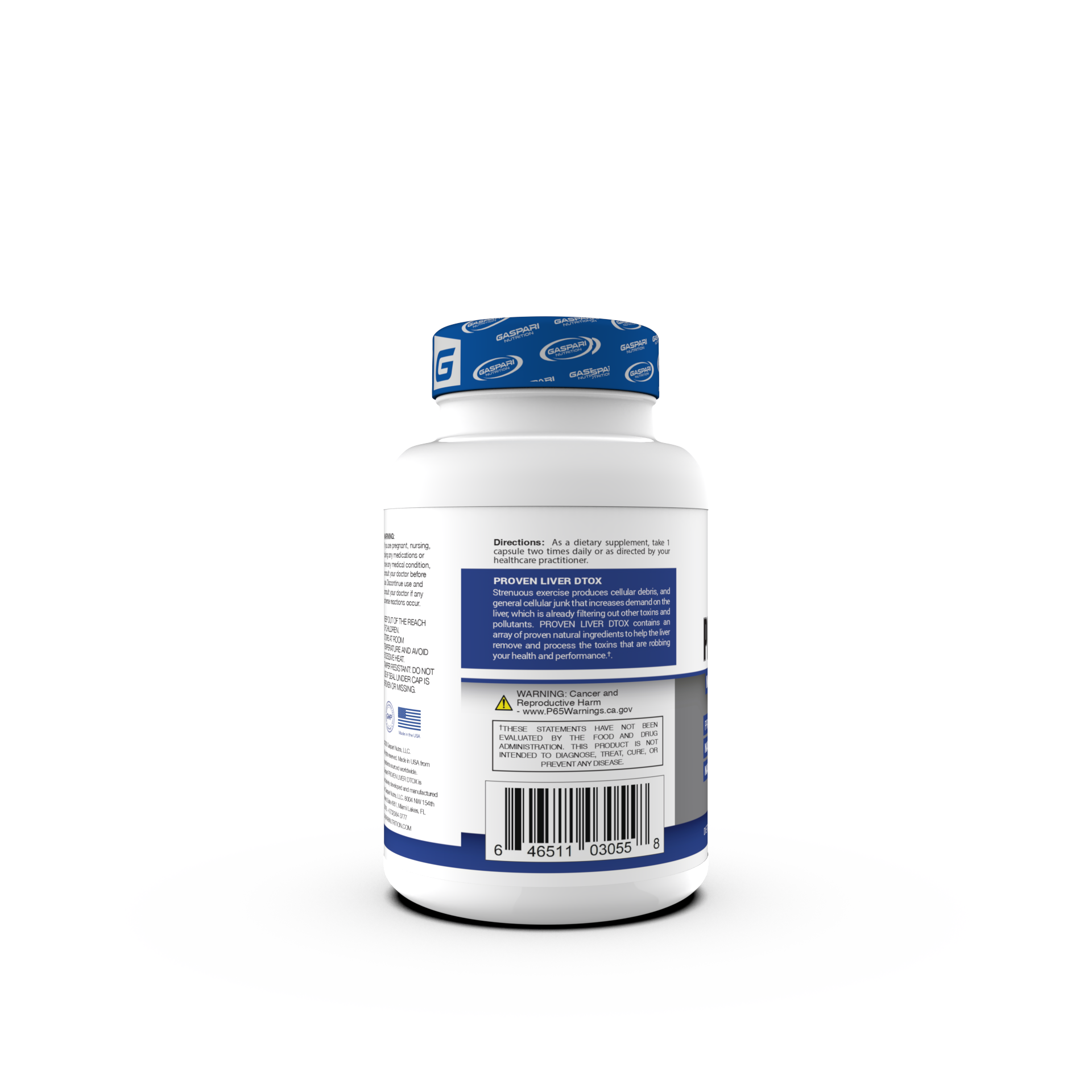

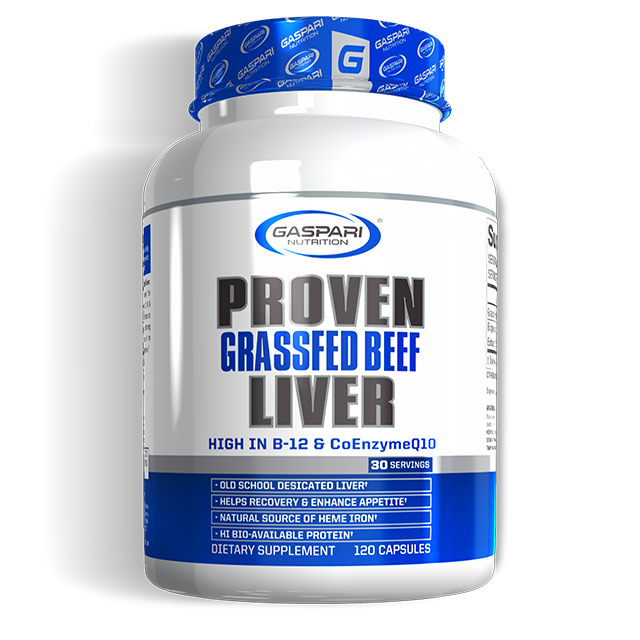





Share:
How To Get Bigger Biceps: Avoid These Common Mistakes
7 Things You Need To Know About Exercising With Diabetes